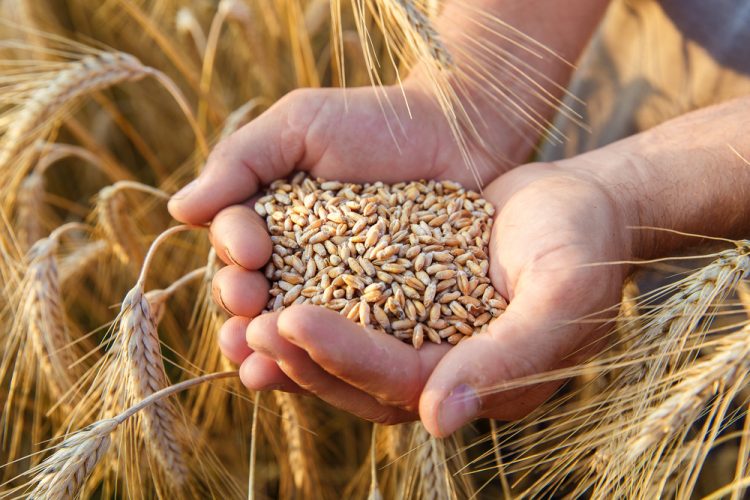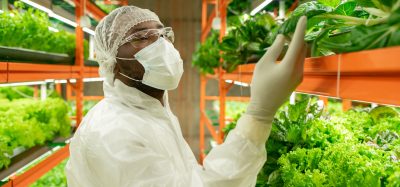How AI can help detect mycotoxins and prevent millions of food poisoning cases
Posted: 12 August 2025 | Ben Cornwell | No comments yet
Researchers from the University of South Australia demonstrate how AI and hyperspectral imaging can detect mycotoxins in cereals and nuts, offering a potential solution to prevent millions of food poisoning cases.


Researchers use AI and hyperspectral imaging to detect mycotoxins in cereals and nuts, offering a potential solution to prevent millions of food poisoning cases.
An international team led by the University of South Australia (UniSA) has shown that artificial intelligence (AI) can detect harmful mycotoxin contamination in food before it reaches consumers.
Published in Toxins, the research reveals how hyperspectral imaging (HSI) combined with machine learning (ML) detects these toxic compounds produced by fungi, which commonly affect crops during growth, harvest, or storage.
According to the World Health Organization, such foodborne contamination causes 600 million illnesses and 420,000 deaths annually.
Lead author and UniSA PhD candidate Ahasan Kabir highlighted the scale of the issue:
The UN Food and Agricultural Organization estimates that about 25 percent of the world’s crops are contaminated by mycotoxin-producing fungi. In contrast, hyperspectral imaging, a technique that captures images with detailed spectral information, allows us to quickly detect and quantify contamination across entire food samples without destroying them.”
Outperforming conventional testing methods
Kabir and his team, collaborating with researchers in Canada and India, tested the technology on cereal grains and nuts, two of the world’s most widely produced and economically important food groups. Both are highly vulnerable to fungi and mycotoxin contamination in warm, humid climates.
He explained how the technology works:
HSI captures an optical footprint of mycotoxins and, when paired with machine learning algorithms, it rapidly classifies contaminated grains and nuts based on subtle spectral variations.”
To support their findings, the researchers reviewed over 80 studies covering wheat, corn, barley, oats, almonds, peanuts and pistachios. They found that ML-integrated HSI consistently outperformed conventional testing methods in detecting major mycotoxins.
Project lead Professor Sang-Heon Lee from UniSA added:
This technology is particularly effective at identifying aflatoxin B1, one of the most carcinogenic substances found in food. It offers a scalable, non-invasive solution for industrial food safety, from sorting almonds to inspecting wheat and maize shipments.”
Speed is a major advantage. The system operates in real time on processing lines and could be adapted into handheld devices for rapid field testing. The researchers believe that with further development, AI-powered tools like this could reduce health risks and trade losses by ensuring only safe produce reaches markets.
The team is now working to enhance the system’s accuracy and reliability through deep learning and AI advancements.
Related topics
Contaminants, Data & Automation, Equipment, Food Safety, Lab techniques, Pathogens, Rapid Detection, Robotics & automation, Technology & Innovation, World Food








